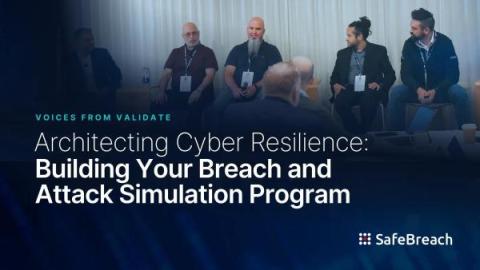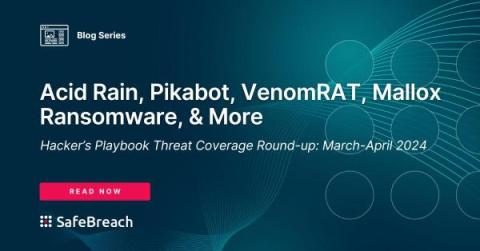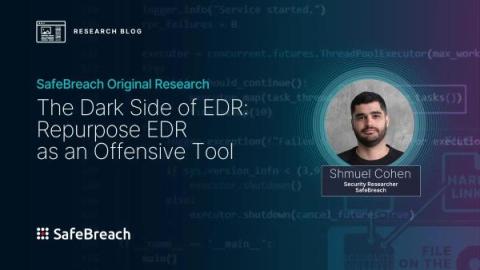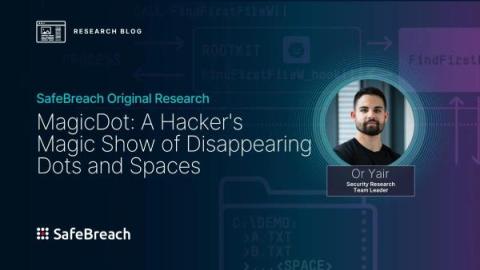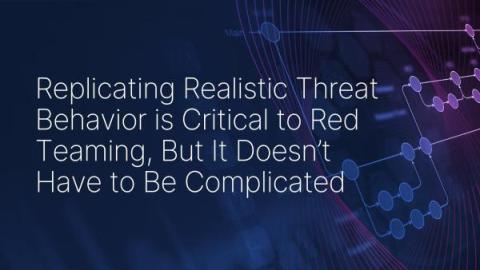Evolving Detection Engineering Capabilities with Breach & Attack Simulation (BAS)
Threat actors are constantly updating their tactics, techniques and procedures (TTPs). In response, security teams must also continue to evolve their ability to detect the latest threats to avoid exploitation of security gaps that can result in costly breaches. This process, called detection engineering, refers to the method of fine-tuning security technologies to better detect malicious activity.


